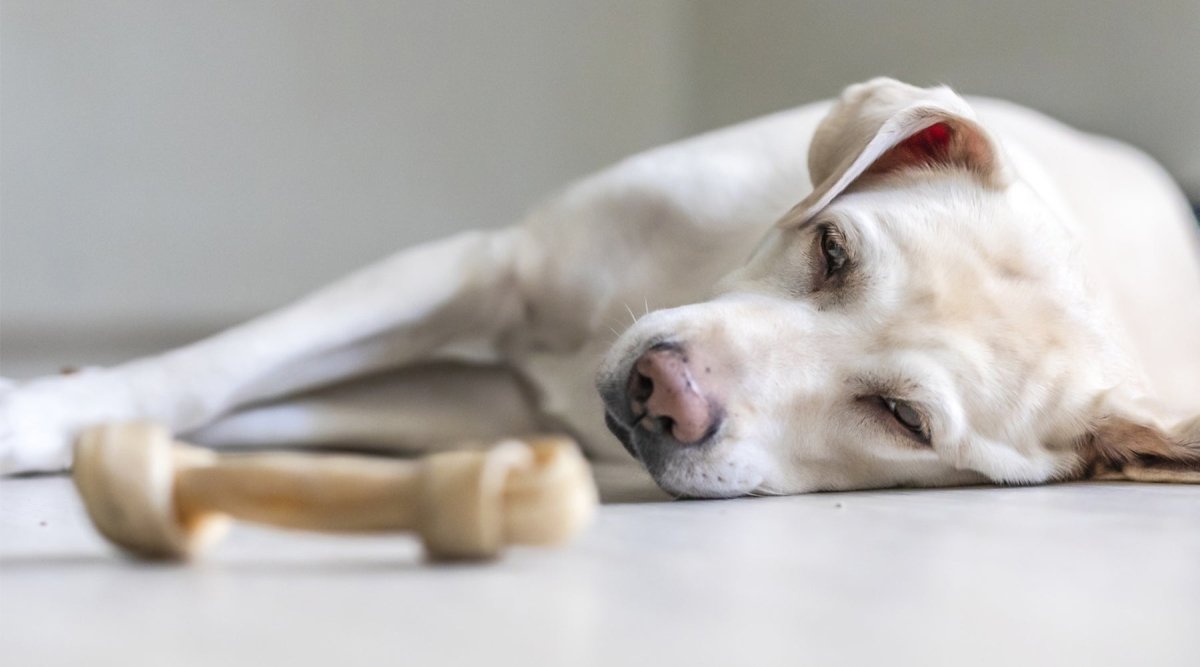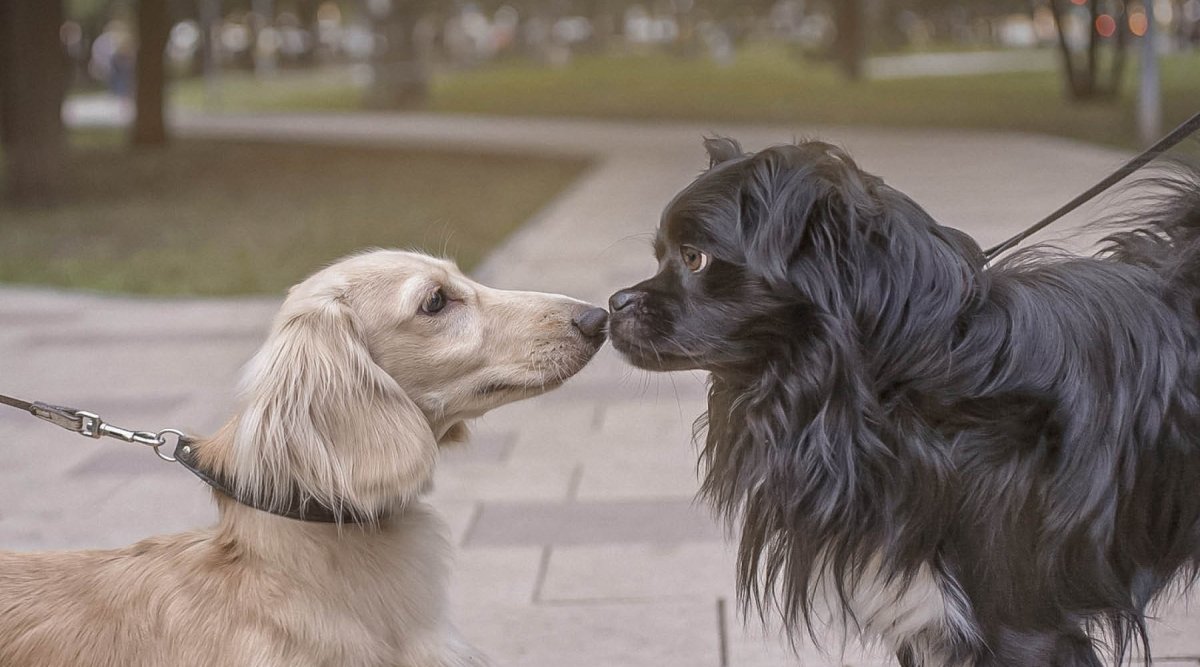Dogs are curious contemporaries, they get bored quickly and need to be exercised regularly. Otherwise, your faithful human friend may show its disobedient and cheeky side. Practicing tricks can banish boredom in your four-legged friend, encourage obedience and also strengthen the dog-human relationship.
If dog tricks are something completely new for you and your pet, then it's best to start with standard exercises such as "sit, down and stand". They not only serve as obedience, but can also protect your dog in some situations, e.g. when crossing roads. They are also the basis for learning other dog tricks and perhaps even small tricks. Once your four-legged friend has mastered the basic commands, you can move on to more advanced tricks and add some variety to your exercises. We've put together 5 dog tricks for you that go beyond giving paw and staying put. Have fun practicing!
Trick 1: Anyone can be a herding dog - crawling on all fours
To do this, put your four-legged friend in the "down" position. Crouch down and hold a treat in front of his nose. Place one hand on your dog's back and use the other to slowly guide the treat across the floor away from him. As soon as he stands up to follow the treat, gently push him back down to the floor. With every correct crawling movement, say the corresponding command, such as "crawl" or "robb", and reward your furry friend directly. If it goes well after a few times, take 1-2 steps to the side and give him the command from there. Practice this later without treats.
Caution: Practice this trick on a floor where the dog cannot slip away, preferably on a meadow or carpet. This exercise is also not suitable for dogs with hip or back problems.
Trick 2: Spinning in a circle - better than the prima ballerina
Squat in front of your dog, hold the treat in front of his nose and lead it away from you in a circle. Make sure that your four-legged friend notices your circular movement. If your dog follows the treat in a circle, then say the desired command directly, "turn" or "dance" are good options, and reward him. You practise this until he performs the exercise on command. For advanced and healthy dogs: Have your four-legged friend stand on two legs and lean against you. Hold the treat above his head and move it in a circle above him. But make sure he follows with his muzzle. As soon as he has made the first turns on two legs, give the command and reward him with the treat.
Caution: The same applies here: non-slip surfaces and do not practise with dogs that have hip problems or are old and weak.
Trick 3: Treat paws - dogs can learn self-control
Make your dog "sit". Place a treat on his paw and say the command to stop or wait. If he still grabs it, quickly put your hand between the treat and the dog. This requires speed and attention from the trainer. If your four-legged friend complies with your prohibition, release the treat with the desired command, e.g. "take".
This trick is very suitable as a concentration and obedience exercise.
Trick 4: Look away - no thanks, I don't like the treat at all
This exercise takes a lot of effort for the four-legged friend and also requires a lot of patience and attention from the owner.
Have your dog sit down and bring yourself as close as possible to eye level with him, e.g. in a crouch. It is best to hold the treat between your thumb and index finger in front of your dog so that he can smell and see it. And now wait until he turns his head away from the treat. This can take some time and is therefore time-consuming. As soon as he turns his head away from the treat even a little, give the command and reward him with that very treat. Practice this until he reacts as soon as you assume the same position and hold the treat in front of his nose.
If your pet wants to snatch it from time to time, take it out of his field of vision so that he quickly learns that he won't get it that way.
Trick 5: Reverse parking - any child can do this ... er, dog
As a prerequisite, your dog should already know the "stand" command. To make it easier for your four-legged friend, have him stand between you and a boundary, e.g. you are standing to the dog's left and there is a fence to the right. Take out a treat and hold it over your dog's head so that he can see it. Then slowly move the treat backwards. If your dog makes even the slightest backward movement, immediately say the command "back" and reward him with this treat. If he is good at this exercise, you can also practise it without a fence to help him.



